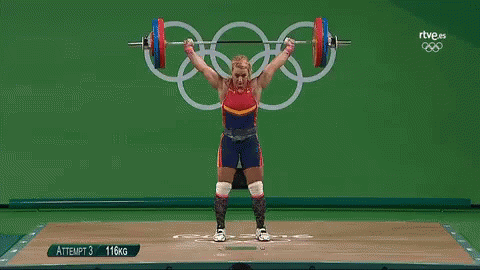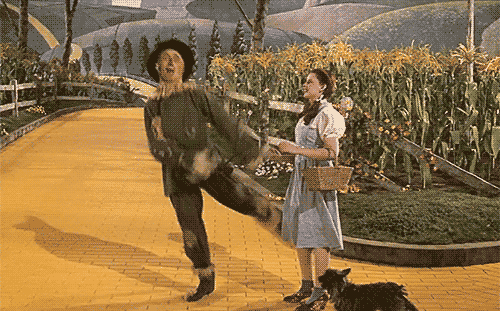Don’t worry vegans, no animals were harmed in the writing of this blog!
It’s not just a Thanksgiving day debate.
It is actually relevant to our everyday lives, especially if you are dealing with pain. You see, it’s not only poultry that have two different kinds of meat. As humans, we also have different types of skeletal muscles. For the sake of simplicity, we will put skeletal muscle fibers in two general categories:
Fast Twitch and Slow Twitch.
(In actuality all skeletal muscles have both types, just different amounts of each depending on function, training and genetics.)
The fast twitch are more prevalent in the big muscles.
They are the white meat in humans. These muscles work anaerobically to produce energy. Anaerobic respiration is a very efficient way of producing energy which allows for greater loads &/or faster speeds but these fibers also fatigue more quickly.

Without these muscles, we would have no capacity for power.
- AKA global muscles.
- Large movers of the arms, legs and back in humans.
- Move us through space and help us manipulate and interact with our environment.
- Strengthen with higher load and less frequency, duration and repetitions.
The slow twitch fibers are more prevelant in small muscles.
This is the dark meat. The muscle is darker because there is more mitochondria (energy centers of the cell) and therefore contain more myoglobin which has a red pigment. These fibers use aerobic respiration more as their energy source so they don’t fatigue as quickly. These muscle work more often and require less energy. They also do not have as much of a load capacity.
- AKA local muscles.
- Holds postures, helps support our joints &/or makes small movements.
- Controls our movement while the big muscles move us around.
- Improve muscular endurance by using low load and higher frequency, duration and repetitions.

Without these muscles we would all flail around like the scarecrow from the Wizard of Oz.
Training BOTH of these two types of muscle is important.
It’s when the balance between the two types of muscle gets off that we start to develop a problem.
Usually this is in the form of too much emphasis on the big muscles and too little attention on the small muscles.
Big muscles are sexy… literally. They shape the contours of our body and they burn more calories when worked which in turn helps with weight loss. Which is why most people train these when “working out.”
The general public would probably say that the smaller muscles aren’t as fun. Unless of course you are a Physical Therapist, Power Yoga or Pilates Instructor (and their clients!) We live in the world of the stabilizers!
The white meat
- Shoulders: Upper traps, Deltoids & Lats
- Chest: Pecs
- Arms: Biceps & Triceps
- Superficial Abs
- Legs: Glute max, Quads, Hamstrings, Calves
The dark meat
- Rotator cuff muscles
- Deep neck and back stabilizers & pelvic floor
- Small Glutes and other hip stabilizers
- Ankle stabilizers
- Hand/Foot intrinsics
The average fitness class or workout routine is focused on strength and/or flexibility of the big, obvious muscle groups. It is the focus on the balance between the two muscle groups that makes our yoga classes at Trinity PT so unique. Together with Omaha Power Yoga, we have created “PT Informed Yoga.”
PT informed yoga targets stability and mobility of the smaller (neglected) tissues, and considers how breathing, mind state, and emotional state inform how we feel and how we move. Learn more about PT informed yoga HERE.
In response to years of treating ailments in a clinical setting and observing movement patterns and strategies used in a yoga practice, we have developed specific Engagement and Mobility (E&M) Skills.
E&M Skills address the over/underuse of muscular engagement that over time can cause a chain reaction of movement compensation throughout the body, often resulting in limited range of motion, injury, or pain with movement.
With this unique approach, we can help you improve your mobility and get you back to balance and stability!

